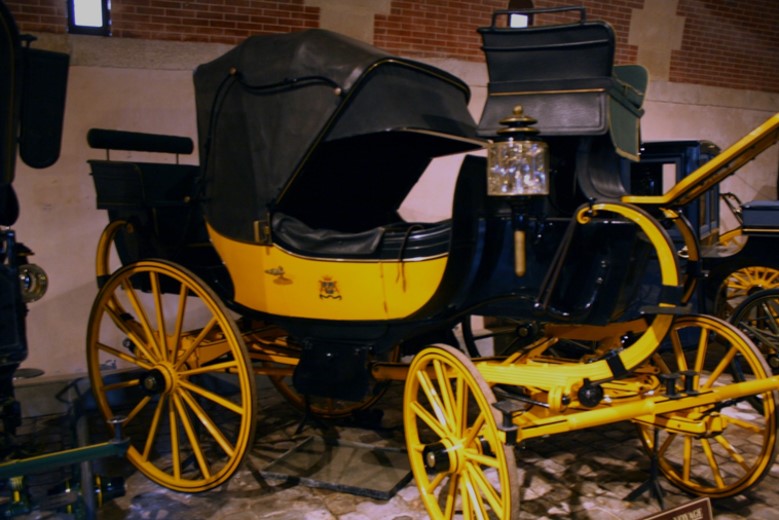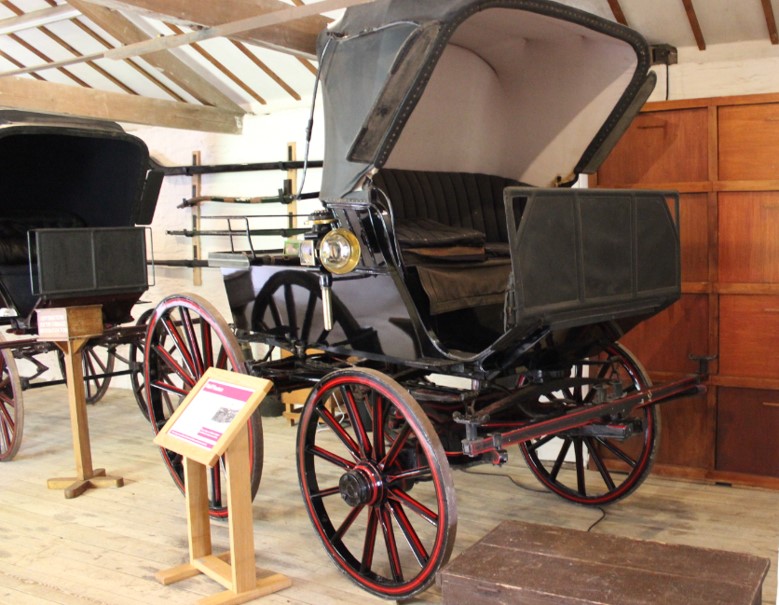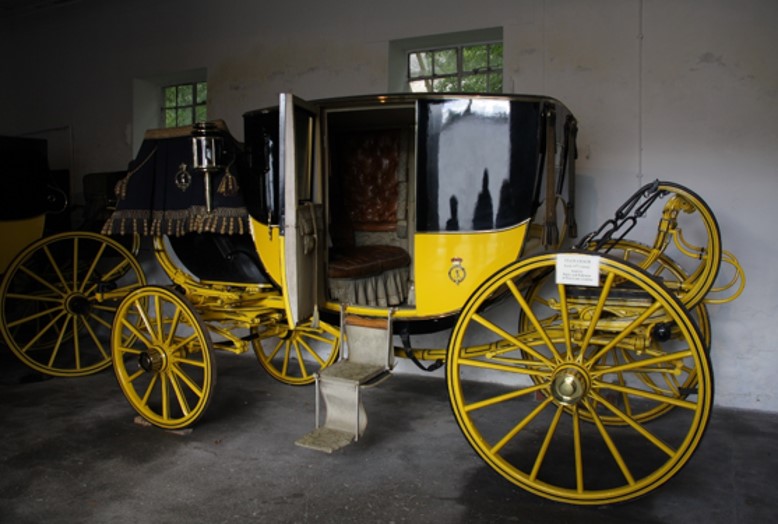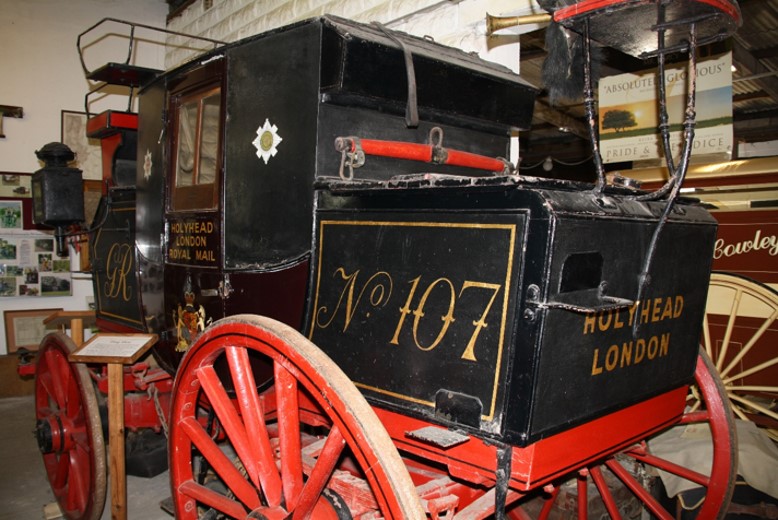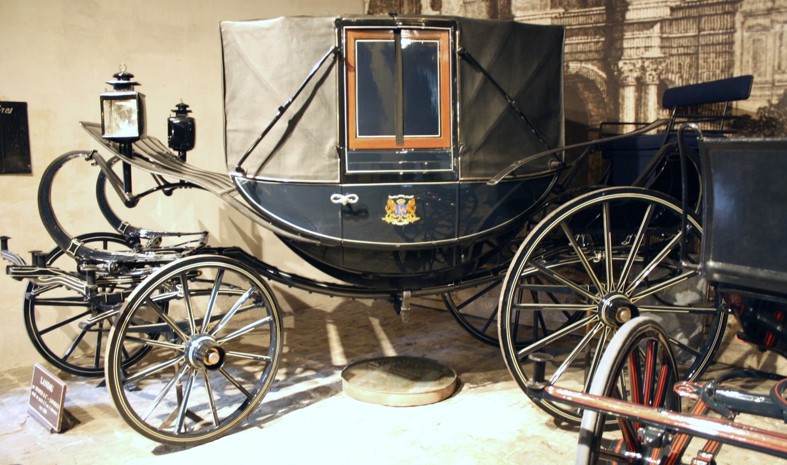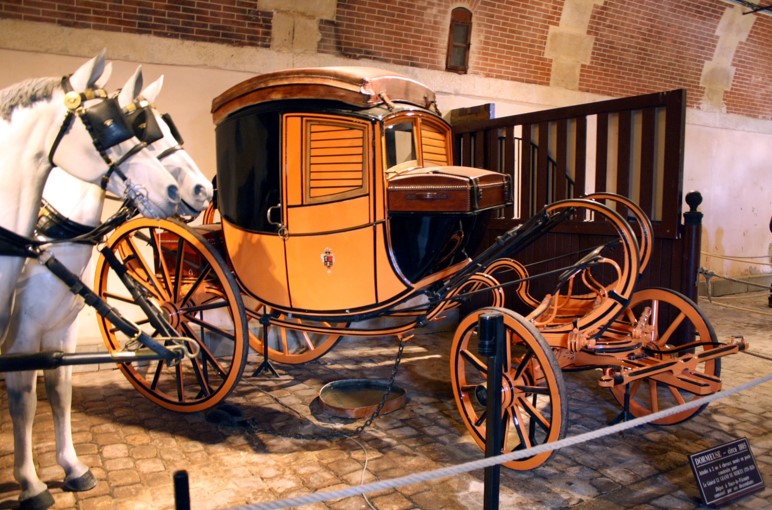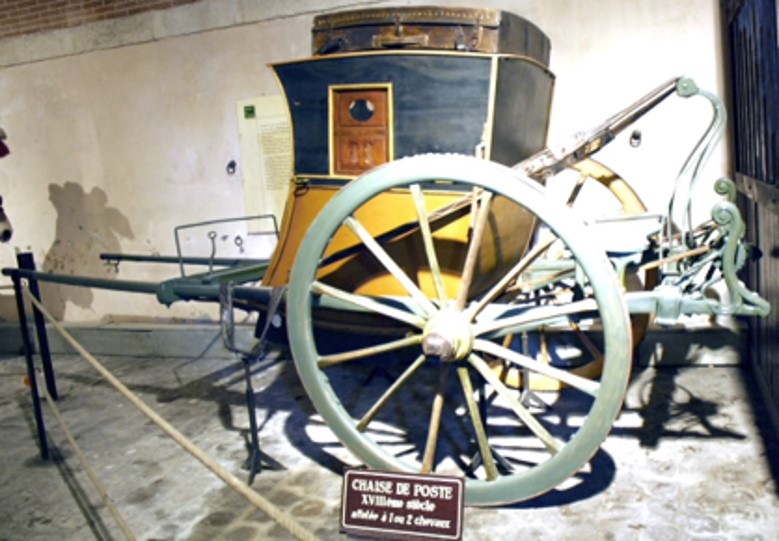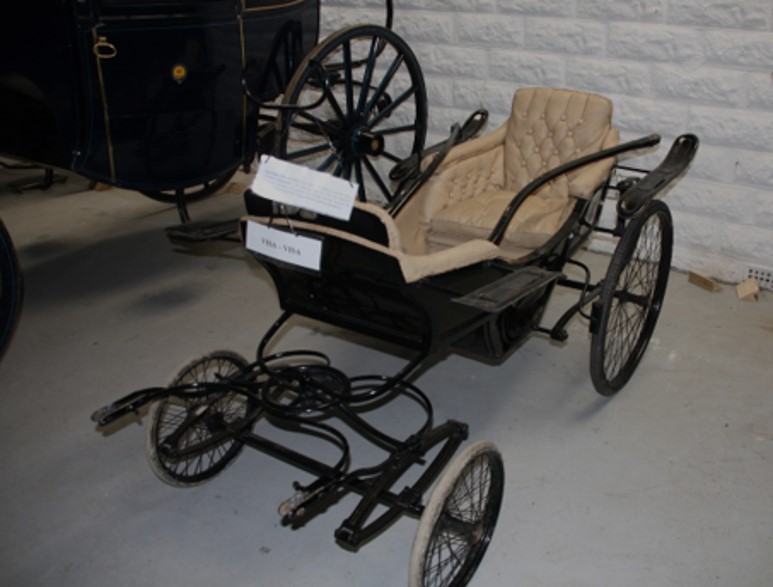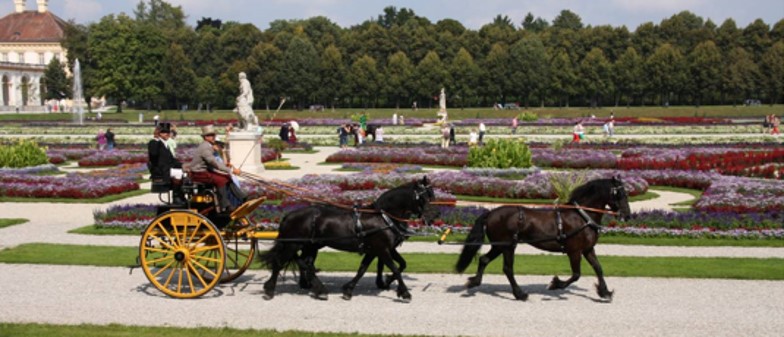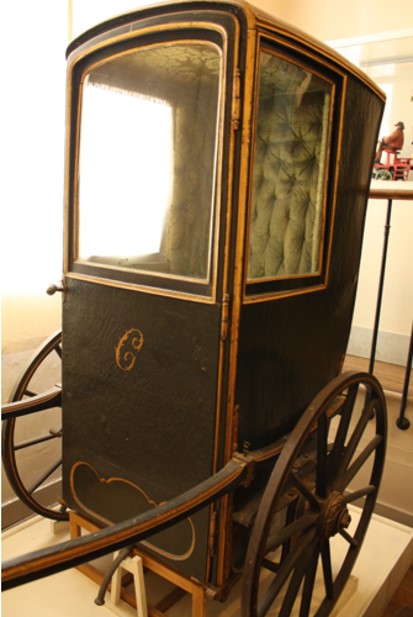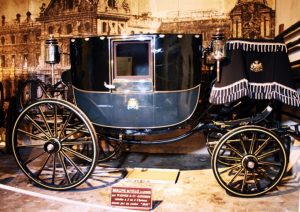 In the age of the carriage, several hundred models of horse-drawn vehicles existed. Don’t worry, you do not have to look at all of them. For this exhibition, I took photos at Historic Houses and Museums in France and England, and I have selected the carriages most commonly used in the Romantic Age. Some of them are indispensible for a Regency Novel and some are beautifully quirky. All in all, here are 20 carriages for you to enjoy.
In the age of the carriage, several hundred models of horse-drawn vehicles existed. Don’t worry, you do not have to look at all of them. For this exhibition, I took photos at Historic Houses and Museums in France and England, and I have selected the carriages most commonly used in the Romantic Age. Some of them are indispensible for a Regency Novel and some are beautifully quirky. All in all, here are 20 carriages for you to enjoy.
The Forgotten One: The Wourch
Amazingly, the term “wourch” is said to be a variation of the German word „Wurst“ („sausage“). As the landau, the wourch was invented in Germany. It was mainly used by men to get to hunting appointments. Originally, it was a very spartan carriage, often without a proper seat or a hood. In the early 19th century, the wourch became more comfortable and was equipped with a hood to be fully suitable for the winter months. They were then called a calêche-wourch. You can see one on the photo below.

The wourch, built by A. Clochez, Paris, around 1840 (Horse and Carriage Museum of Château de Vaux-le-Vicomte, France)
The Independent: Coureuse
Coureuse is a French term for a carriage that was driven from the inside. It doesn’t have a seat for the driver, but a large front window.
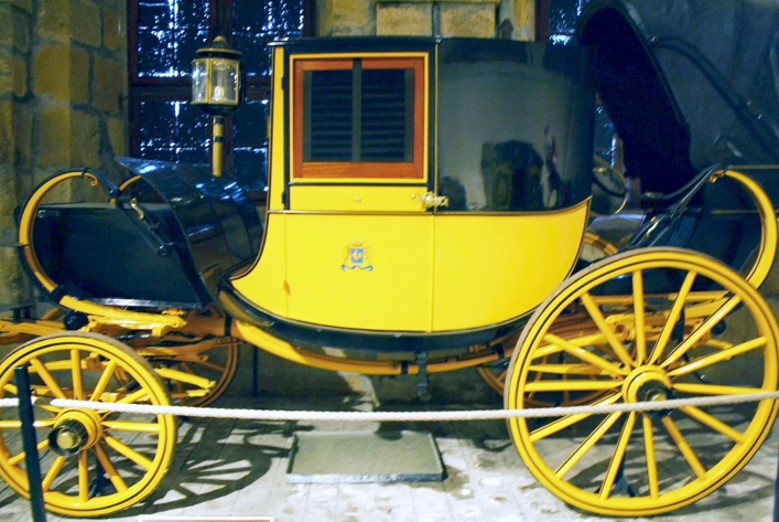
Coureuse, built by A. Getting, Paris, around 1840 (Horse and Carriage Museum Château de Vaux-le-Vicomte, France)
The Rolling Home: Britzka
A britzka was a long, spacious carriage especially constructed as to give space for recliningat night when used on a journey. Its size made it suitable for use as a 19th-century equivalent to a motor-home, as it could be adapted with all manner of conveniences such as beds and dressing tables for the traveler. The britzka was invented in Austria. The model was often used for mail coaches.
The Classic: The Phaeton
The phaeton, a sporty open carriage, typically with four extravagantly large wheels. It’s very lightly sprung, has a minimal body, and no sidepieces in front of the seats. It was considered as fast and dangerous. The phaeton on the photo is a Mail Phaeton. The name derives from the similarity of the suspension springs of the Mail Phaeton and the Royal Mail Coach.
The Mail Phaeton was always owner driven. As the most glamorous of the phaeton family, it was the the ideal carriage for a country sportsman to drive his own horses.
The Grand Old Lady: The Berline
A berline carriage was a fast and light travelling carriage with two interior seats and a separate hooded rear seat for a footman, detached from the body. The berline was a more convenient method of transportation and less likely to overturn than other carriages. A stirrup or footstool made boarding easier. Instead of side windows, there were hoods to let down in bad weather. The first berline was designed in 1670 in for the Elector of Brandenburg and named after the capital of the electorate. It became popular in England in the 18th century after it was imported to the country by a German officer.
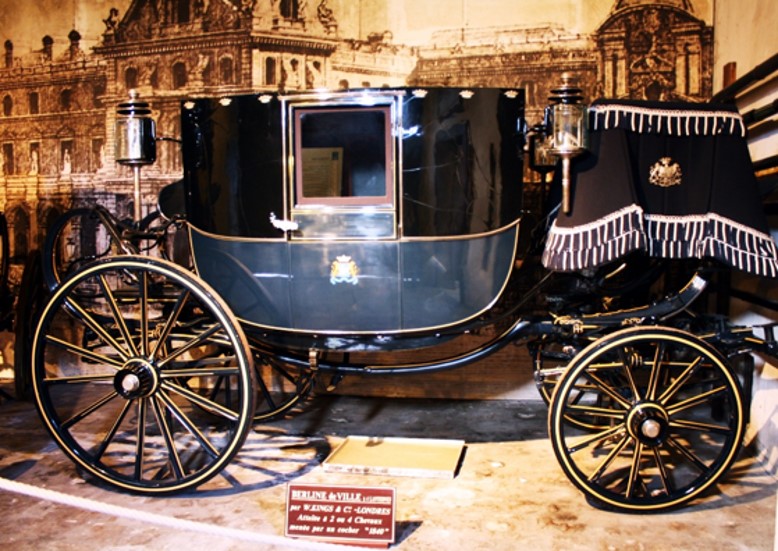
Berline with 4 lanterns, bulit by W. Kings, London, around 1840 (Horse and Carriage Museum Château de Vaux-le-Vicomte, France)
The Aristocratic: The State Coach
A state coach was often built in the style of a berline or a landau. The design was very elegant, and the doors bore a coat of arms. The state coach on the photo is from the early 19th century. It was built by Rigby and Robison of Park Lane, London.
The Show-off: The Gala Coupé
A coupé usually contained one enclosed seat for two passengers and a higher, outside seat for a driver. The term was first applied to a carriage where the rear-facing seats had been eliminated ( or “cut out”, as “couper” means “to cut” in French). The coupé was smaller and lighter in weight than a common coach.

Grande Coupé de Gala, bulit by Ehrler, PAris, around 1830 (Horse and Carriage Museum Château de Vaux-le-Vicomte, France)
The King of the Road: The Royal Mail Coach
All Royal Mail Coaches in England were painted black and scarlet. Thay had the right of way on the road and didn’t pay toll charges. The Royal Mail Coach on the photo ran from Holyhead to London. It could carry 6 persons besides the mail and a crew of two persons.
The Pleasure Seeker: The Calesh
The calash was a light carriage with small wheels, a body in the form of a boat and a folding top. Inside, it had seats for four passengers, outside was a separate driver’s seat. The calesh was mainly used for pleasure driving in a park. The caleche was the forerunner of the barouche, a carriage fashionable in the 19th century.
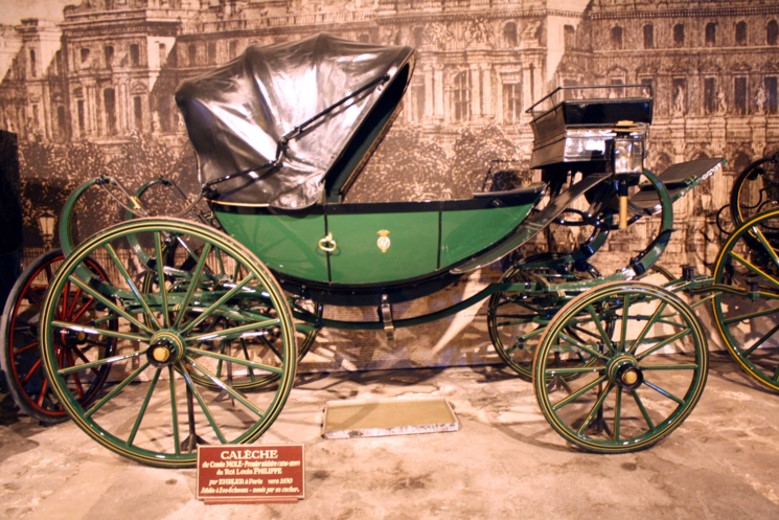
Calech built by Ehrler, Paris, around 1830 (Horse and Carriage Museum Château de Vaux-le-Vicomte, France)
The Globetrotter: The Travelling Chariot
A travelling chariot was a kind of privately owned post-chaise, mainly used by the nobility or high-ranking officers. The travelling chariot was often used for the Grand Tour on the continent. The doors were often decorated with the family crest. A notable feature was the sword case at the rear of the vehicle. It often had a rumble seat for grooms or family servants. The carriage was very popular between 1795 and 1825.
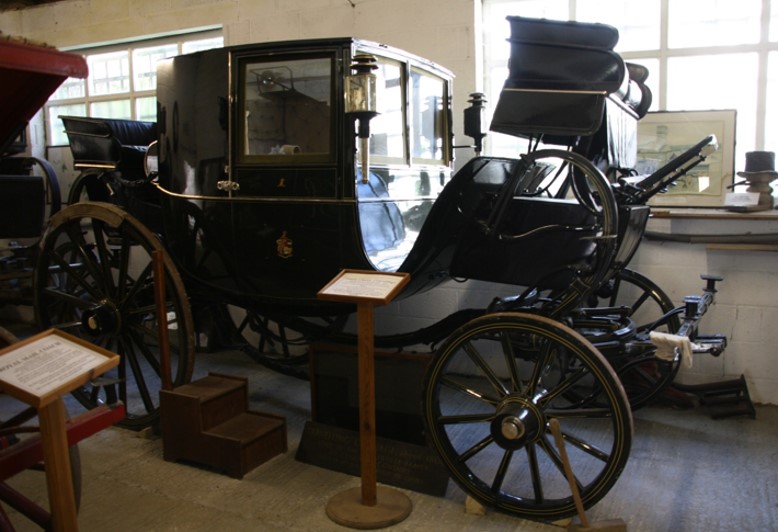
Travelling Chariot from 1790. It was used in the TV series “Pride & Prejudice” (1995) (Red House Stables and Carriage Museum, Matlock, UK)
The Flexible: The Landau
The landau reputedly were first produced in the 18th century in the city of Landau, Germany. The first English landau carriages were produced in the 1830s in London. A landau is drawn by a two or four horses. It has facing seats over a dropped footwell. The soft folding top is divided into two sections, front and rear, allowing the coach to be quickly adapted to the weather. The landau reached its full development by the mid-19th century. It was considered a city carriage of luxury type, as the low shell of the landau made for maximum visibility of the occupants and their clothing. There also were smaller landaus for everday use.
The Sleeping Warrior: The Dormeuse
The term dormeuse (“drowsy”) describes rather the use than the model of the carriage. The idea was to reconstruct a carriage so that a mattress would fit in. Dormeuse carriages were used by generals of the French Army well into Napoleonic times to catch some hours of sleep while campaigning. The first dormeuse was probably built for Richelieu in the age of Louis XIV.
The Worker: The Brake
In the 19th century, a brake was a large, four-wheeled carriage-frame with no body, used for breaking in young horses, either singly or in teams of two or four. It has no body parts except for a high seat upon which the driver sits and a small platform for a helper immediately behind. The brake was also used for shooting. They were then built to carry the driver and a footman or gamekeeper at the front facing forward, and passengers on longitudinal benches, with their dogs, guns and game borne along the sides in slatted racks.
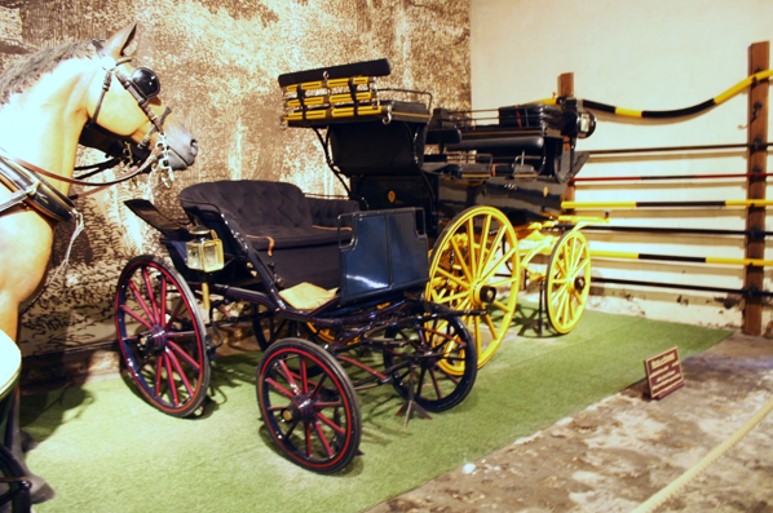
The brake (first one on the right, bulit around 1880 in Paris (Horse and Carriage Museum Château de Vaux-le-Vicomte, France)
The Peacock: The Brougham
The brougham was either invented for Lord Brougham or simply made fashionable by his example. It had seats for two persons, sometimes with an extra pair of fold-away seats in the front corners, and with a box seat in front for 2 persons. Unlike a coach, the brougham had a glazed front window, so that the occupants could see forward. The forewheels were capable of turning sharply. The interiors were often equipped with all kinds of trays, boxes, clips for umbrellas, mirrors, bells to attract the attention of the coachman, and secret compartments.
The Lofty: The Drag
The drag carriage was a lighter, elegant version of the stage coach. A drag has seats on its top and is usually driven to a team of four well-matched carriage horses.

A Drag built bei Kellner, Paris, around 1880 (Horse and Carriage Museum Château de Vaux-le-Vicomte, France)
The Carrier: The Post Chaise
The post chaise was a closed carriage, containing one seat for two or three passengers. The vehicle was invented in France in the 17 the century. The English version was developed from it and became popular in the 18th-century. At the post chaise’s front end, in place of the coach box, was a luggage platform. The driver rode one of the horses. The post chaise on the photo is a two-wheeled French chaise.
The Childlike: The Vis-à-vis
The vis-à-vis was a popular conveyance for children, due to the low and spacious entrance. It was used to drive children around the estate, accompanied by the governess walking alongside. The vis-a vis in the photo is from the late 18th century.
The Splendid: The Chaise à Mule
A sedan chair carried by two mules, from France or Portugal with beautiful ornaments.
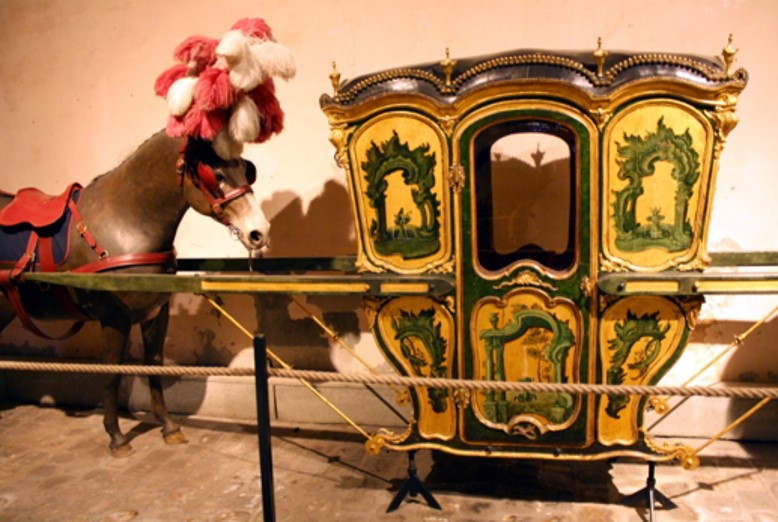
Chaise á Mule, from France or Portugal, 18th century (Horse and Carriage Museum Château de Vaux-le-Vicomte, France)
The Suicide Gig: The Cocking Cart
The Cocking Cart was special-built to carry fighting cocks. It became fashionable at the end of the 1790s and was considered extravagant and dangerous. It soon rivaled the crane-neck phaeton. Click here to read more about this carriage.
The Haughty: The Vinaigrette
The vinaigrette was developed in the early 17th century. It was used as a method of transportation by noble ladies in Northern France when visiting friends or the church, so that they wouldn’t get in contact with the dirty soil. It was drawn by one man. The vinaigrette on the photo is from the 18the century.
You would like to read more about carriages? Do you dream to drive one yourself? Click here to read how I took a lesson in carriage driving and here to see a carriage used in “Pride and Prejudice” (1995).
Addresses:
Château de Vaux le Vicomte, 77950 Maincy, France
http://www.vaux-le-vicomte.com/en/
Palais de Compiègne, Place du Général de Gaulle, 60200 Compiègne France
Red House Stables, Old Road, Darley Dale, MATLOCK, DE4 2ER, UK
http://www.redhousestables.co.uk/theworkingcarriagemuseum.html
Raby Castle, Staindrop, Darlington, Co. Durham DL2 3AH, UK
National Trust – Arlington Court & Carriage Museum, Arlington EX31 4LP, UK
https://www.nationaltrust.org.uk/arlington-court-and-the-national-trust-carriage-museum

